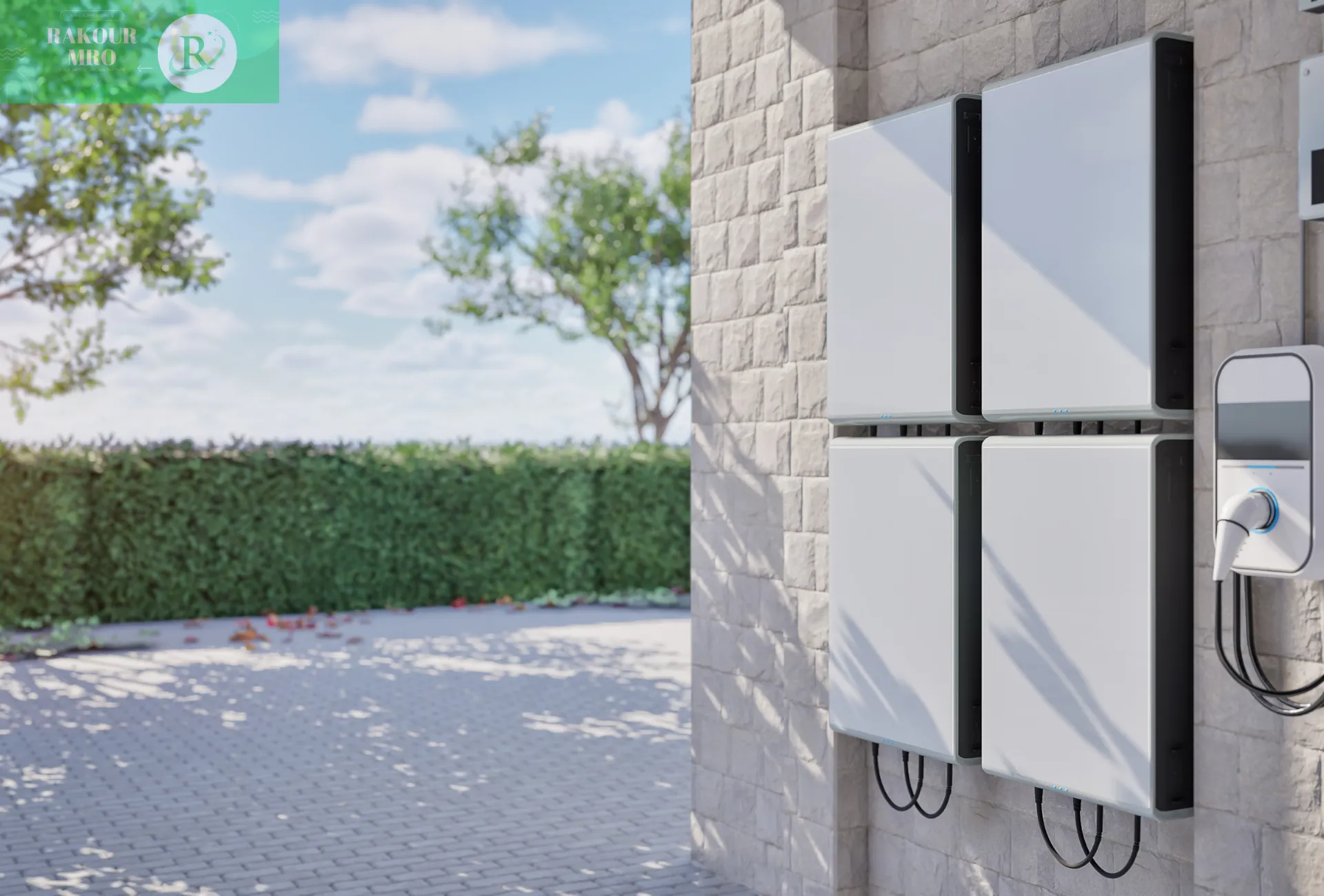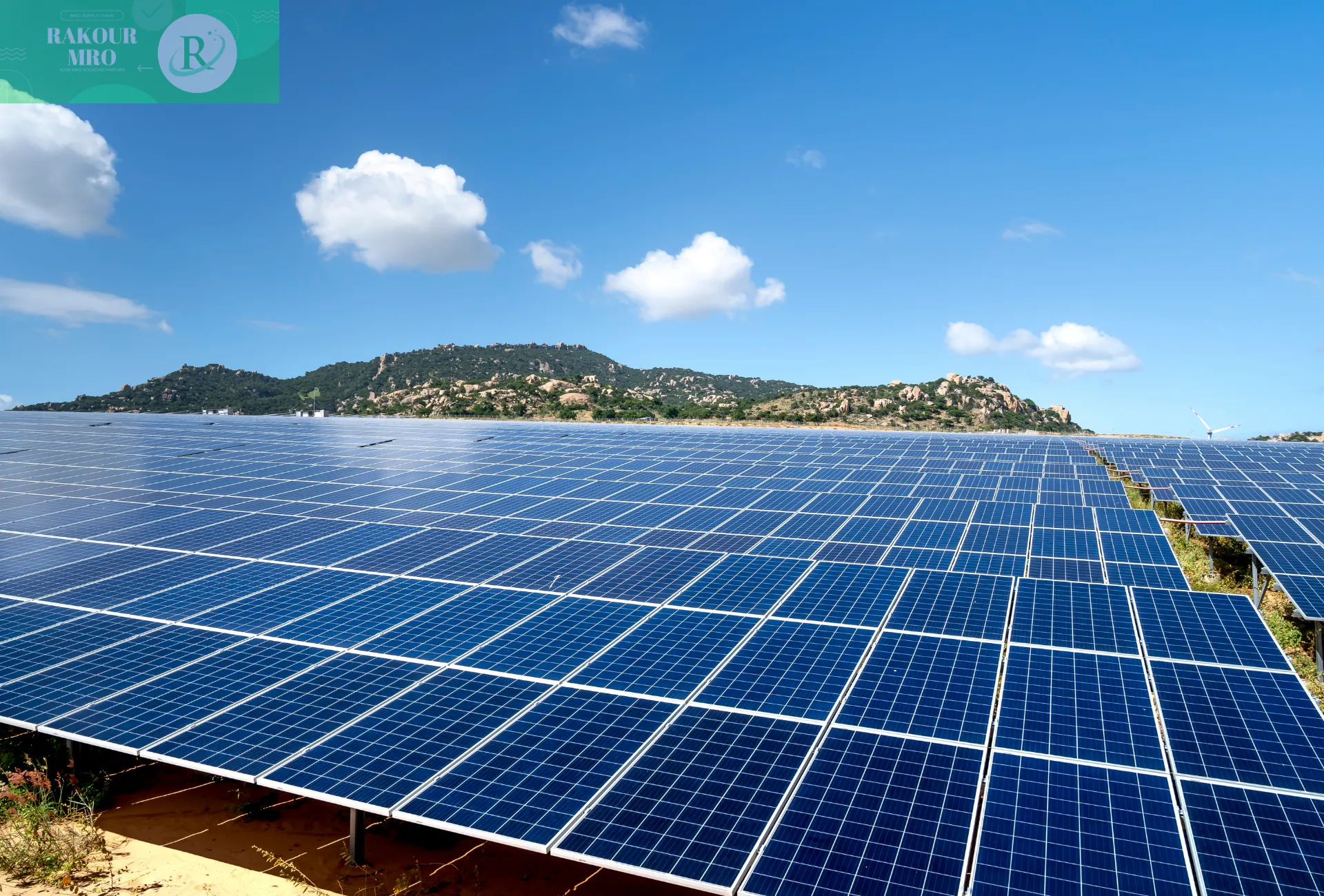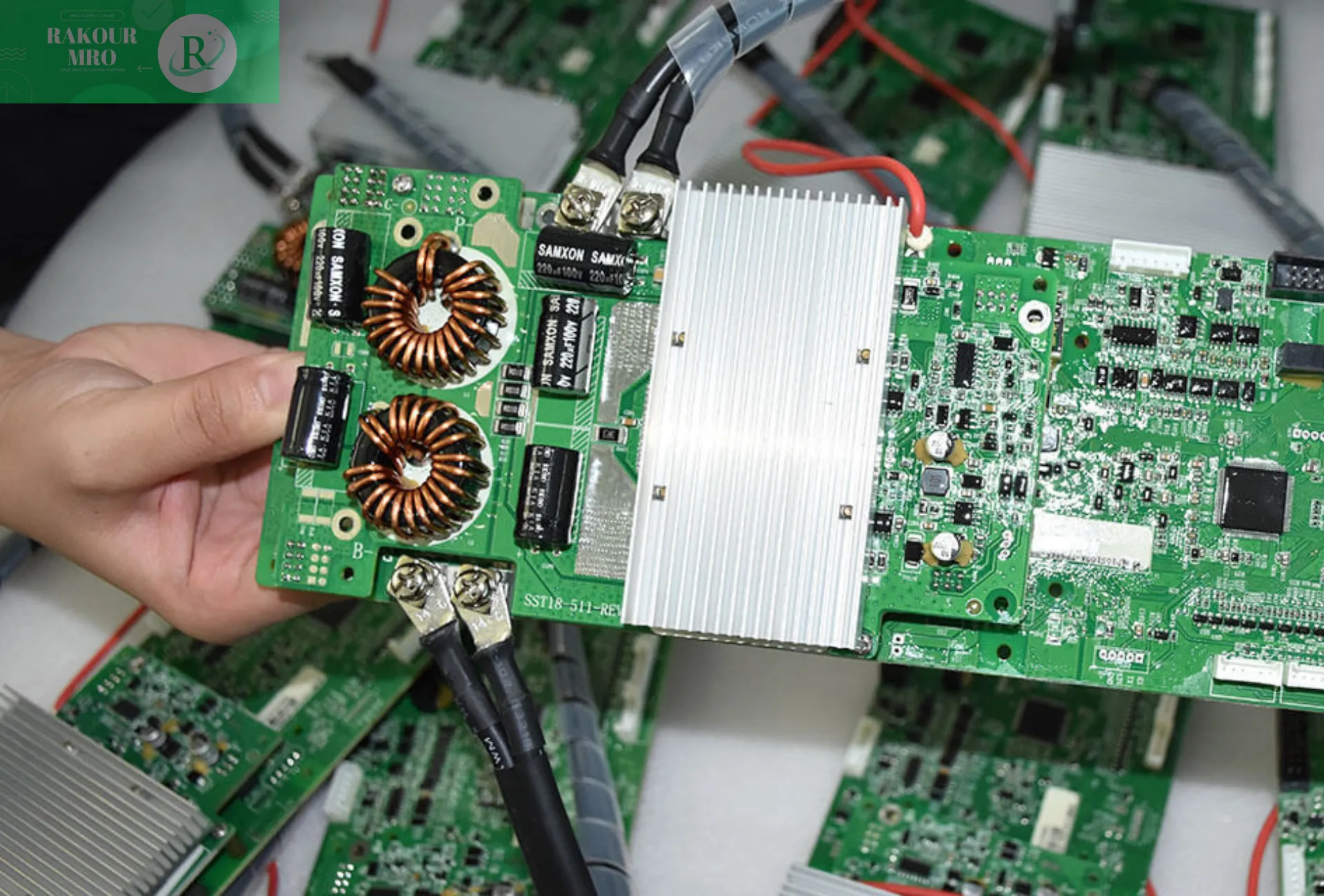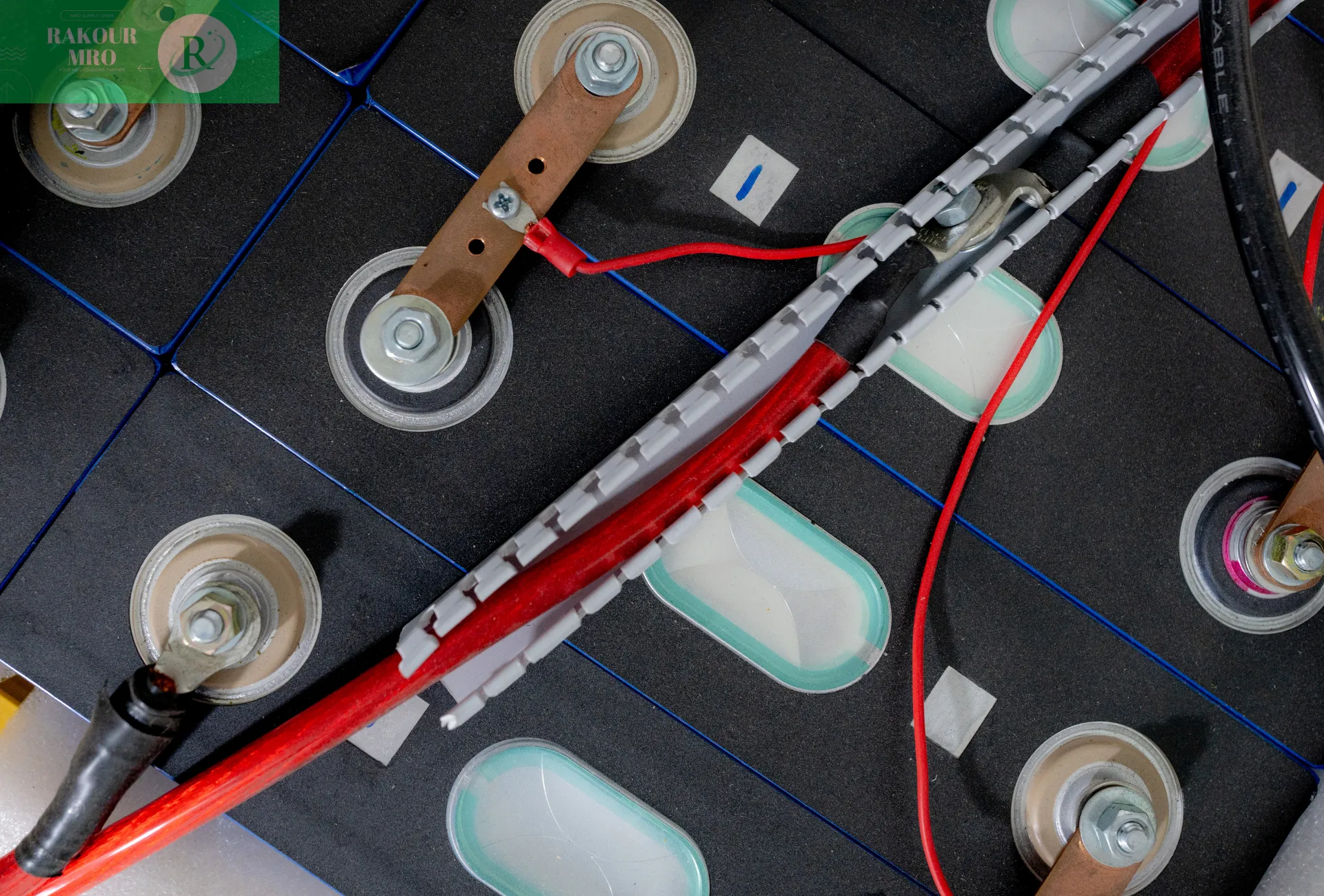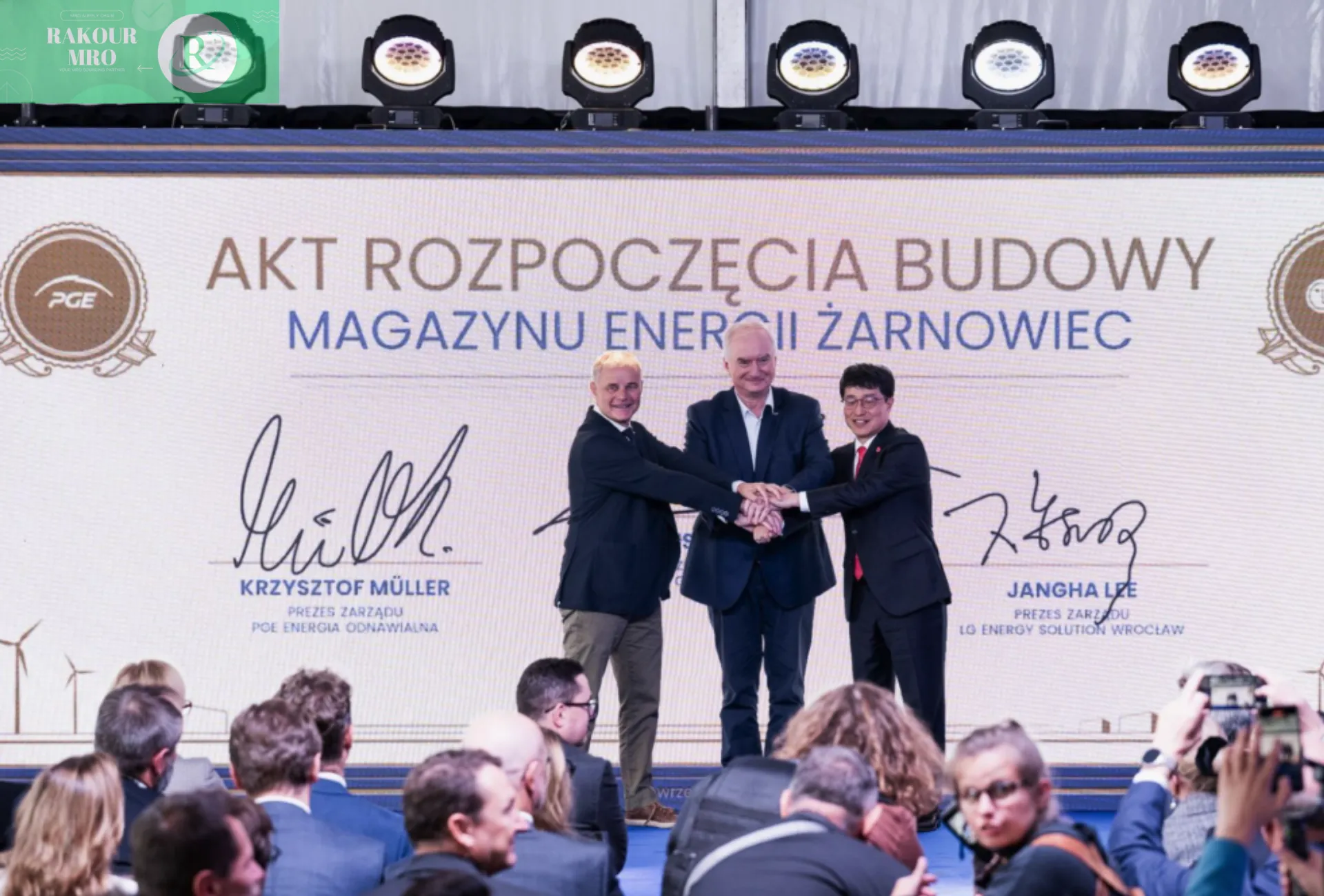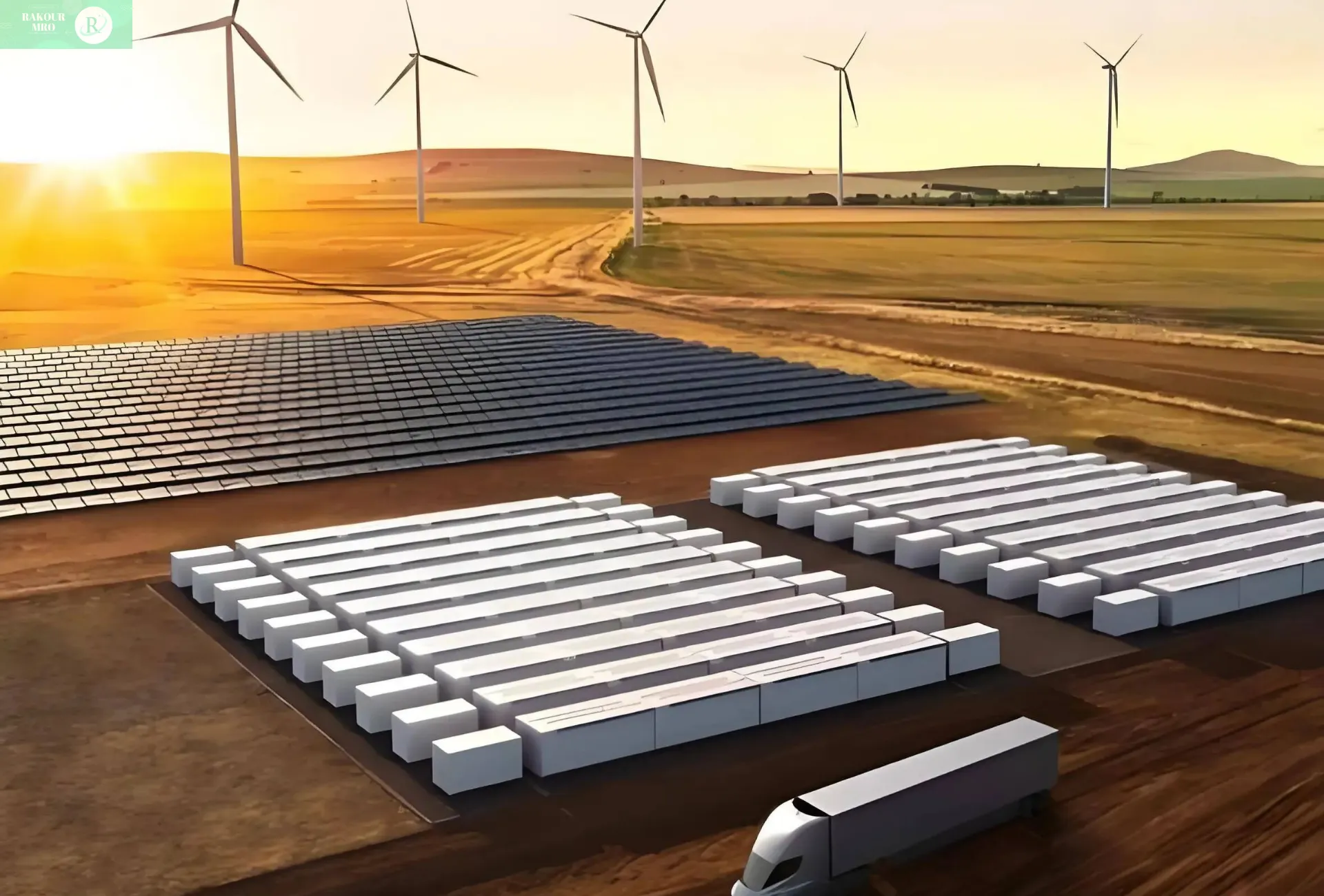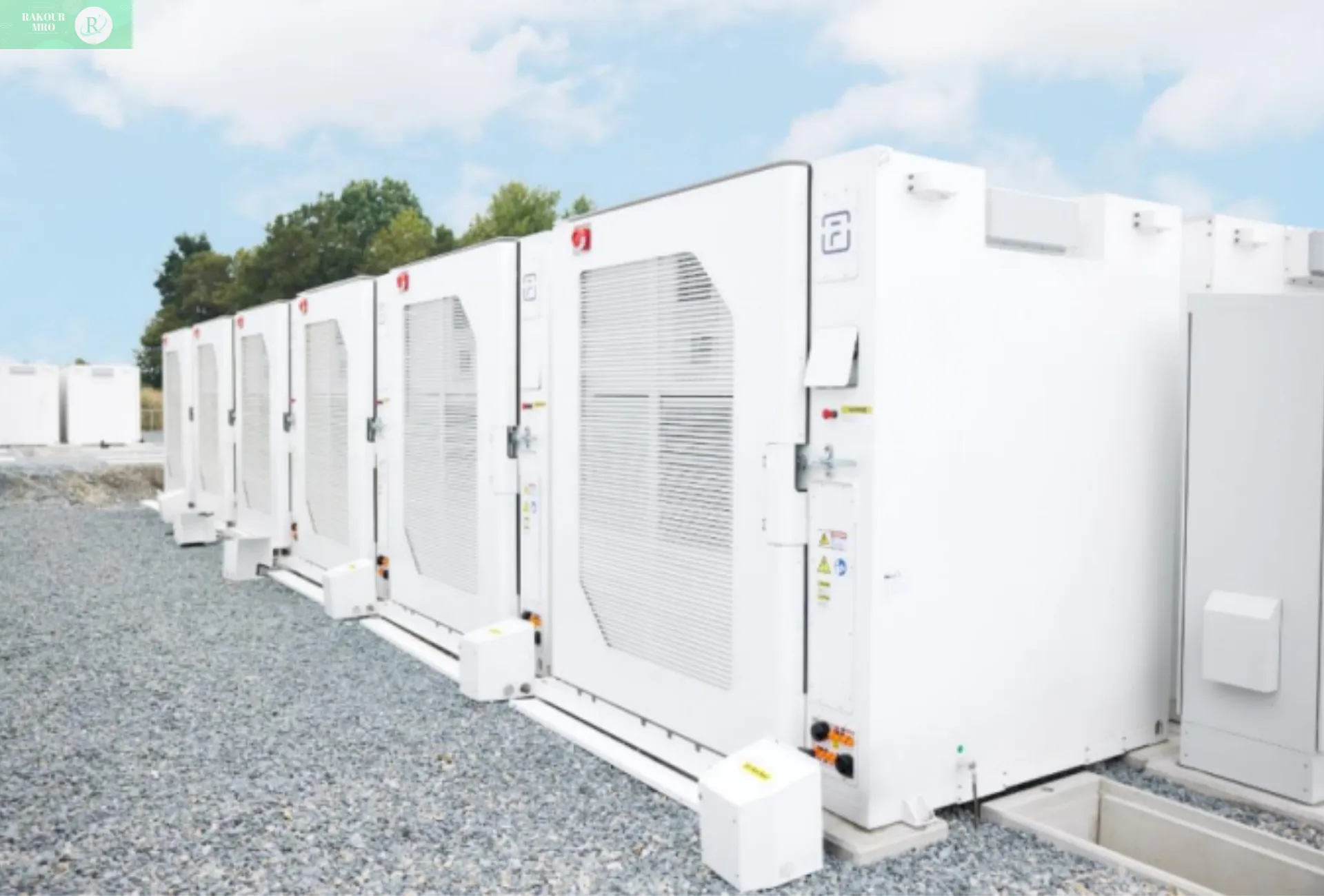Power battery cell (battery cell): Just like a combat unit soldier (basic combat mission: storing and releasing electricity), it is responsible for storing and releasing electricity, and is the cornerstone of the army.
Battery Management System (BMS): Like a command, it is responsible for receiving instructions, collecting information, calculating decisions, issuing commands and protecting.
Thermal management system: Like a logistics support department, it is responsible for heating or cooling, maintaining the optimal combat state of the battery.
Sensor: Like a scout, it is responsible for collecting information.
Wire Harnesses and Connectors: Like communications and transportation systems, they are responsible for information transfer and power delivery.
Other components: Like various materials, although they are not the main function, they have a significant impact on system performance.
Performance parameters
Model size related parameters
Model: For example, LFP71174207, representing a square shell and lithium iron phosphate battery cell with a nominal dimension width (71mm) x length (174mm) x height (207mm).
Size: divided into battery cell size, module size, battery pack size, etc.
Voltage-related parameters
Terminal voltage: The potential difference between the positive and negative electrodes of the battery.
Open circuit voltage (OCV): terminal voltage when the battery is not loaded.
Rated voltage: The voltage that the battery can achieve when operating under certain standard conditions is determined by the electrode potential of the plate material and the internal electrolyte concentration. The rated voltages of different battery types are different, such as lithium iron phosphate batteries are 3.2V and lithium manganate batteries are 3.7V.
Operating voltage: also known as load voltage, refers to the terminal voltage in the discharge state after the battery is turned on.
Charging termination voltage: When the battery is fully charged, the active substance on the pole chip has reached a saturation state. If it continues to charge, the battery voltage will not rise again. The voltage at this time is called the charging termination voltage.
Discharge termination voltage: refers to the minimum working voltage when the battery is discharged under certain conditions, and the battery voltage gradually drops, and it is not advisable to continue to discharge. If the discharge continues to occur below this voltage, it will cause deep discharge and affect battery life.
Capacity-related parameters
Rated Capacity: The manufacturer's nominal capacity under standard test conditions (such as 25°C, 0.2C discharge to cut-off voltage).
Theoretical capacity: the maximum theoretical value obtained by calculating the mass of the active substance according to Faraday's law.
Actual capacity (total capacity): The amount of electricity that the battery can output under certain conditions (the integral of discharge current and discharge time) is smaller than the theoretical capacity, reflecting the actual storage capacity of the battery, and will gradually decay during use.
State of charge (SOC): refers to the ratio of the remaining power of the battery to the rated capacity under the same conditions at a certain discharge rate. Generally, the battery discharge efficient zone is 50%-80%SOC.
Discharge Depth (DOD): refers to the percentage of the battery discharge capacity to its rated capacity.
Self-discharge rate: refers to the battery's ability to store power in an open circuit state, and the capacity loss percentage is generally calculated in units of months.
Energy parameters
Theoretical energy: The product of the theoretical capacity of a battery and the rated voltage is the energy output by the battery under certain discharge conditions.
Actual energy: The product of the actual battery capacity and the average working voltage, which represents the energy that the battery can output under certain conditions.
Energy density: volume-specific energy (W・h/L) or mass-specific energy (W・h/kg), referring to the electrical energy that can be output per unit volume/mass of the battery.
Grouping efficiency: refers to the ratio of the actual available capacity of the battery to the theoretical total capacity of a single battery during the process of combining multiple battery cells into a battery module or battery pack (grouping).
Power and efficiency parameters
Power density: refers to the power that can be output by a battery per unit volume or per unit mass, usually in W/kg or W/L.
C-rate (capacity ratio): represents the ratio of the battery charge and discharge current to the rated capacity, unit is C).
Current (A) = Rated Capacity (Ah) × C-rate
Based on capacity, it emphasizes constant current charge and discharge and energy management.
P-rate (power magnification): represents the ratio of the battery charge and discharge power to the rated power (W), and the unit is P.
Actual power (W) = rated power (W) × P-rate
Based on power, emphasizes instantaneous output and dynamic performance
Energy efficiency: refers to the ratio of the energy output when the battery is discharged and the energy input when the battery is charged
Influencing factors: battery internal resistance, which increases the battery charging voltage and decreases the discharge voltage, and the energy loss of the internal resistance is lost in the form of battery heating.
Lifetime parameters
Cycle life: refers to the performance decay after how many times the power battery has charged and discharged cycles, which is usually expressed in the number of cycles.
Calendar life: The time span from the battery's performance decay to the threshold (such as capacity below 80%) is irrelevant to whether it is used or not, and is mainly determined by the chemical stability of the material.







